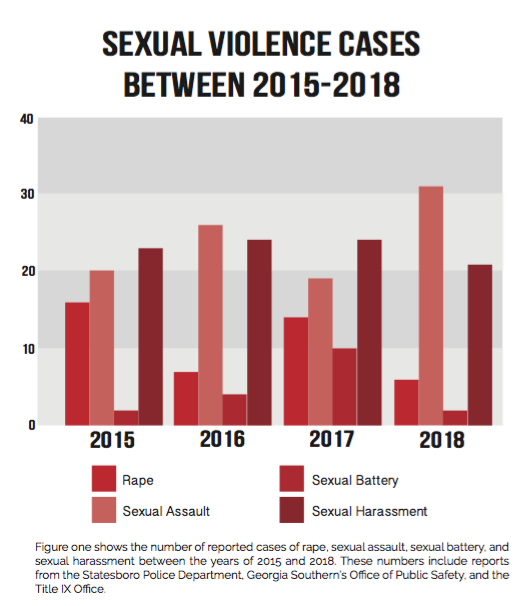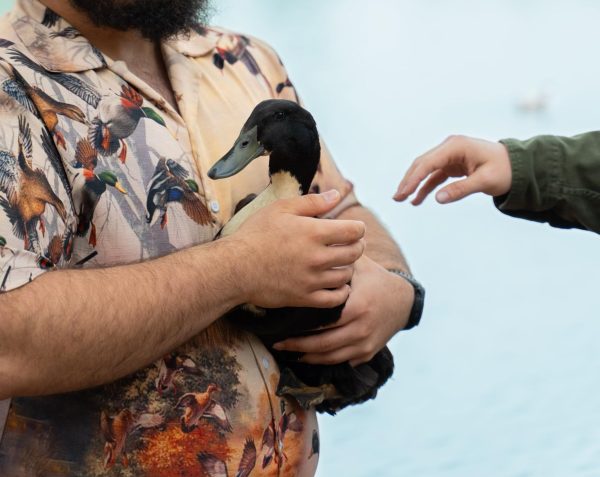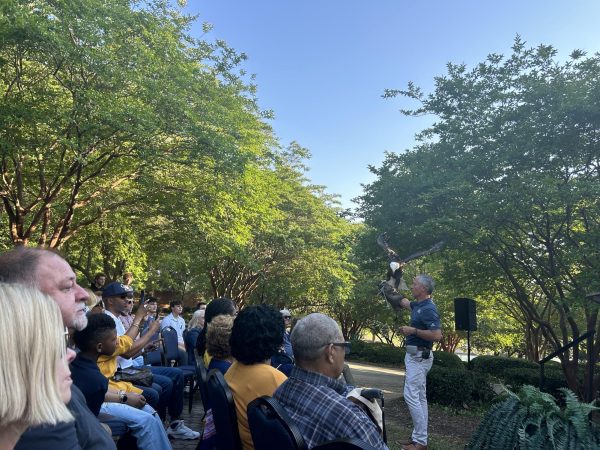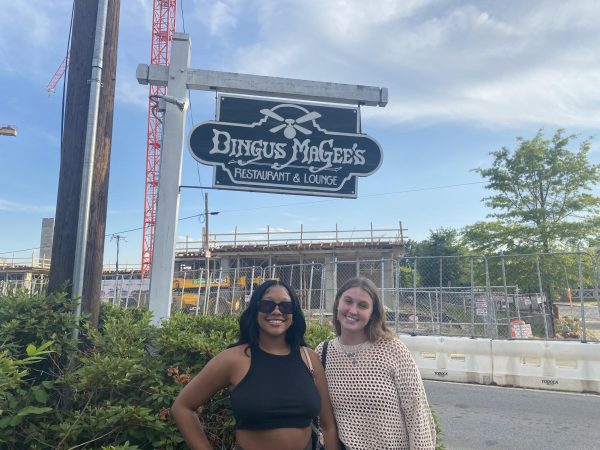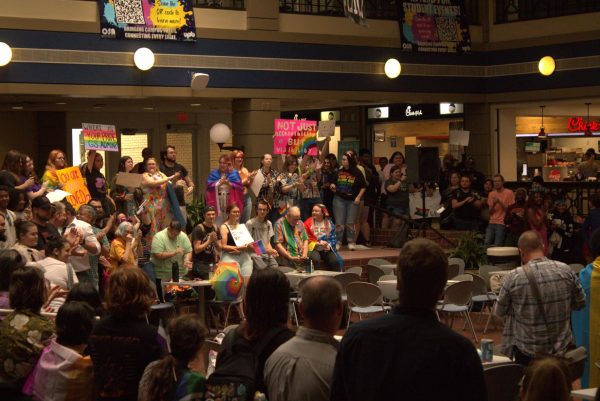Reported cases of sexual assaults at Georgia Southern and in Statesboro its highest in years
November 30, 2018
This year will mark the highest number of reported cases of sexual assaults at Georgia Southern University and in Statesboro in the past few years.
Despite this, there could be even more because it is one of the most underreported crimes, according to the National Sexual Violence Resource Center.
This year, through incident reports obtained through several FOIA requests to GS’ Office of Public Safety, Title IX Office, and Statesboro Police Department, there were a total of 31 cases of sexual assault, six cases of rape and two cases of sexual battery in 2018. The number of reported cases of rape were at the lowest with a total of six in 2018. The highest was in 2016 with 16.
This is not to say that these numbers are truly representative of all sexual assaults and rapes that occur on campus, but rather ones that have been reported to the Title IX Office, the Statesboro Police Department and the Office of Public Safety. These numbers do not include the Teal House: Sexual Assault and Child Advocacy Center’s numbers. This non-profit organization offers services and programs to Bulloch County and its surrounding counties, such as free forensic examinations, counseling sessions, support group sessions and a 24-hour crisis hotline.
These reports included various areas because some do not even report to law enforcement at all. This is because some will go through other places, such as the Teal House or the Title IX Office instead because it is not such an invasive process.
However, some will not report at all. According to the Rape, Abuse & Incest National Network, three out of four sexual assaults are never reported.
Jodi Caldwell, who is also the director of the GS counseling center and is also a chair on the Sexual Assault Response Team, or SART, explains that many victims do not report for several different reasons.
“So, a lot of victims will choose not to report for one, yeah, it’s embarrassing,” Caldwell said. “It’s re-traumatizing. Victims often face repercussions from people they know.”
In fact, most sexually violent acts are actually committed by someone that the victim knows.
Although reports were not provided from the Teal House, Caldwell states that the number of reported sexual assaults is increasing.
Prosecuting cases of sexual violence
When these cases are reported, officials advise victims on their options moving forward.
However, in many of these cases, many victims do not pursue any type of legal action against their offenders.
{{tncms-inline content=”<p><span>Out of every 1,000 cases tried, approximately 995 offenders walk free of their crimes, according to RAINN. Not only that, but out of these 1,000 cases, nine of them will be referred to a prosecutor and only five of them will probably lead to a felony conviction.</span></p>” id=”fe2b37ae-af8c-4b22-aa19-a417fb412b20″ style-type=”quote” title=”1,000 cases” type=”relcontent”}}
This, however, does not mean that people should not stop reporting rapes or sexual assaults that occur, because he more that are reported, the more of a chance they can get prosecuted.
Taking on cases for a prosecutor means whether or not he or she can prove guilt in the offender. Often times, this is very difficult to do without forensic evidence.
Troy Marsh, who is a criminal defense lawyer in Statesboro, explains that rape cases can be difficult to prosecute for several different reasons. Some reasons can include that the forensic evidence was lacking, the victim could not remember everything, he or she was intoxicated or could also be in a consensual relationship with the defendant.
Also, with the forensic evidence, there has to be proof of whether or not there was consent, too, and sometimes, that, can be difficult, too.
Out of all the cases gathered from the SPD, the Title IX Office and the Office of Public Safety, there was only one case of false imprisonment. According to the NSVRC’s website, cases of false imprisonment are actually very low–typically between two and 10 percent.
Out of those 1,000 cases of rape, 46 of those actually lead to an arrest of the offender, and only 230 out of 1,000 of those cases are actually reported to the police.
Many Victims Know their Offenders
In many of these cases, the assault not only takes place in the victim’s residence but also by someone that the victim knows. In fact, according to RAINN’s website, 93 percent of all sexual assaults that are reported to law enforcement are actually committed by someone the victim knows.
Furthermore, 70 percent of the cases of rape are committed by someone that the victim knows. This means that it is not impossible for a sexual assault or rape to be committed by a stranger, but it is more likely to happen with someone that the victim knows.
{{tncms-inline content=”<p><span>&ldquo;They don&rsquo;t present like a sexual assailant. They&rsquo;re already in the victim&rsquo;s world circle, and that&rsquo;s how the assailant gains access to them,&rdquo; Caldwell said.</span></p>” id=”1b3deb81-0bb8-4550-a300-ae92e10dc72d” style-type=”quote” title=”They don’t” type=”relcontent”}}
Despite this, many people and organizations are trying to get the conversation started to better inform people of this issue.
Rachel Pinkerton, a junior public health major, said: “I think we should talk more about it, then people would know more about it because it happens a lot.”
Tara Bailey, The George-Anne Enterprise Reporter, gaspecial@georgiasouthern.edu.


